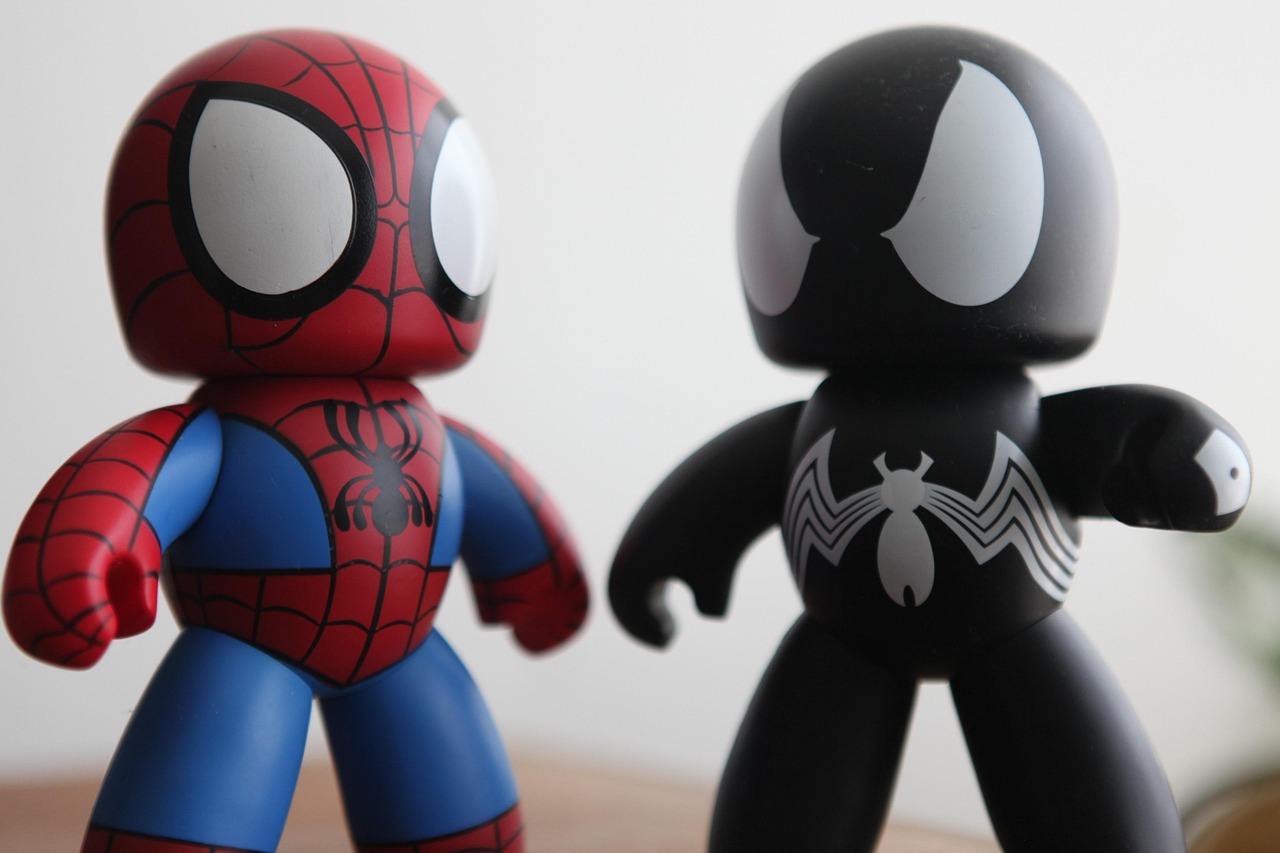Is the meme the basic cell of communication

What is a meme?
Pronounced "meem" it is a contagious information pattern that replicates by parasitically infecting our thinking and altering our behaviour, causing the propagation of the pattern at the same time. Individual slogans, catch-phrases, melodies, icons, and fashions are typical memes. An idea or information pattern is not a meme until it causes someone to replicate it and to repeat it to someone else. All transmitted knowledge is memetic. Internal communication is surely a way of creating a new and more powerful meme to replace or re-write an outdated an ineffective meme.
The meme as simply a unit of intellectual or cultural information that survives long enough to be recognised as such, and which can pass from person to person, through internal communication across a peer group or organisation. Memes propagate themselves in the meme pool by leaping from person to person via a process which, in the broad sense, can be called communication and imitation. If a scientist hears, or reads about, a good idea, he passes it on to his colleagues and students. He mentions it in his articles and his lectures. If the idea catches on, it can be said to propagate itself, spreading from person to person.
A meme survives in the world because people pass it on to other people through communication or behaviour, either vertically to the next generation, or horizontally to our fellows as with internal communication. It is important to note here that, in contrast to genes, memes are not encoded in any universal code within our brains or in human culture.
Memes, like genes, vary in their fitness to survive in the environment of human intellect. Some reproduce like bunnies, but are very short-lived (fashions), while others are slow to reproduce, but hang around for eons (religions, perhaps?). Note that the fitness of the meme is not necessarily related to the fitness that it confers upon the human being who holds it. The most obvious example of this is the "Smoking is cool" meme, which does very well for itself while killing off its hosts at a great rate.
Memes are the basic building blocks of our thinking, our conversations, our behaviour and therefore our culture, in the same way that genes are the basic building blocks of biological life and therefore society.
Like all things, some memes fit together better than others. Some memes naturally fit better in people’s minds. Some memes naturally fit better with other memes. When a group of memes fit well together and pull the strings of someone’s mouth and vocal cords so that they pass them on to others, a new, self-replicating thing gets created.
Self-replication is a very powerful force in the universe. One person tells two, two tell four, four tell eight, and pretty soon the whole universe is full of people sharing the meme. Sounds like internal communication to me, especially the grapevine that exists in all organisations...
In terms of internal communication within an organisation; can you shift the thinking, behaviour or culture without changing the memes held by most people?
Even if those memes are held non-consciously; "we don’t do that sort of thing here" ~ "projects are always late" ~ "meetings always over run" ~ If internal communication fails to shift the belief system, fails to replace an old and invalid meme with a new vibrant one, will the initiative fail regardless of what the boss or the organisation does?
For more information please send a message via the Contact Us Page. Or you can register for an upcoming webinar.


